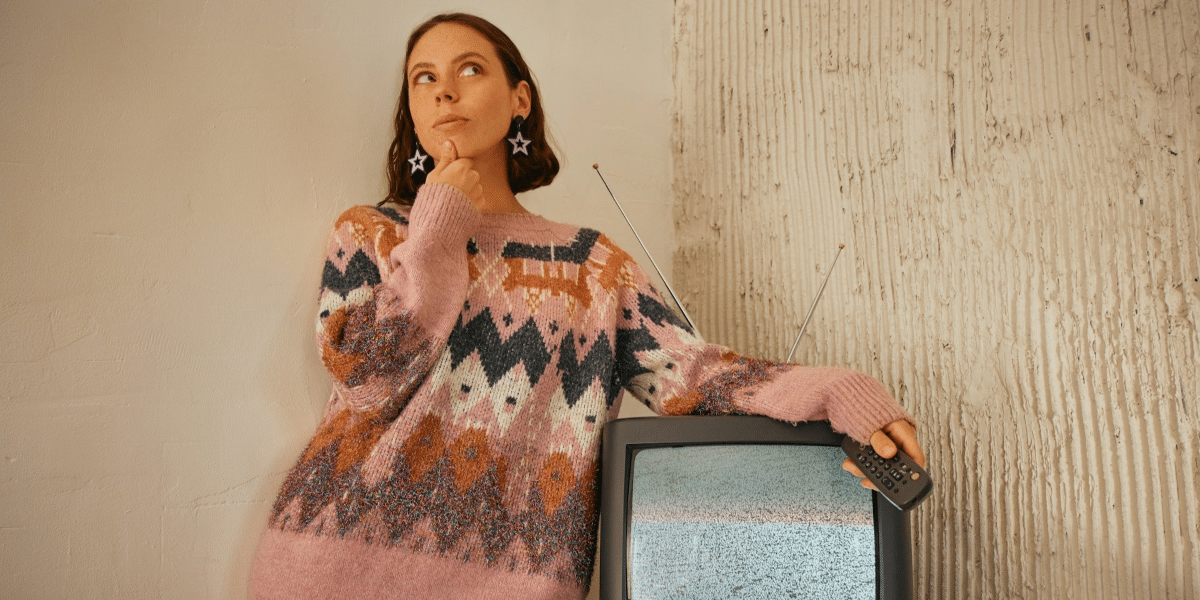Ever notice a character conspicuously sipping a specific brand of coffee, or a car chase inexplicably featuring a particular automobile make? That, my friends, is the power of brand placement in action. It’s the subtle (or sometimes not-so-subtle) integration of brands and products into films, a marketing strategy that’s been around for decades but continues to evolve with the changing media landscape.
But is brand placement just a blatant product plug, or can it be a win-win for both filmmakers and brands? Let’s explore the ways brand placement can be effective, creating a seamless and mutually beneficial experience for viewers and advertisers alike.
Beyond the Billboard: Storytelling Through Brands
The most effective brand placement goes beyond simply slapping a logo on screen. It involves a strategic integration of the brand into the film’s narrative. Think of the iconic scene in “E.T. the Extra-Terrestrial” where the lovable alien uses Reese’s Pieces to lure Elliot out of his hiding spot. This brand placement wasn’t just a random product placement – it became an integral part of the story, leaving a lasting impression on viewers.
A study by the Nielsen Company found that brand placement can be particularly effective when it aligns with the film’s genre and target audience. For instance, a spy thriller might feature a specific brand of luxury watch, while a coming-of-age story might showcase a popular clothing line. This synergy creates a sense of authenticity and allows the brand to connect with a relevant demographic.
Brand placement can also be used to subtly develop a character’s personality. The gadgets a tech-savvy character uses, the clothes a fashion-conscious individual wears, or even the car a villain drives – these seemingly innocuous details can all contribute to building a character’s image and backstory.
The Power of Co-Creation: Collaboration for Success
Effective brand placement is a two-way street. The most successful collaborations involve close communication between filmmakers and brands. Filmmakers understand the brand’s message and target audience, while brands provide creative freedom and ensure the product integration feels organic within the story.
Think of the recent partnership between Omega and the James Bond franchise. Omega watches have been a staple of the Bond films for decades, becoming synonymous with the suave and sophisticated persona of the character. This long-standing brand placement is a testament to the successful collaboration between the filmmakers and the brand.
Brand placement can also be a valuable tool for filmmakers. It can provide financial resources to support production costs, allowing them to create more visually stunning or ambitious films. In return, brands gain valuable exposure and association with a popular film and its audience.
The Line Between Subtlety and Sleaze: Striking the Right Balance
Brand placement can backfire if it becomes too blatant or intrusive. Viewers can easily detect and dismiss product endorsements that feel forced or irrelevant to the story. The key is to strike a balance between brand visibility and narrative integrity.
Brand placement should never overshadow the plot or character development. It should be a seamless addition to the film’s universe, enhancing the story rather than distracting from it. A recent example of brand placement gone wrong involved a film where a character awkwardly pauses mid-conversation to take a bite of a specific brand of pizza, a scene that felt entirely out of place and drew criticism from viewers.
Brand placement can be a powerful marketing tool when done right. By strategically integrating brands into the film’s narrative, collaborating with filmmakers, and striking the right balance between brand placement and storytelling, filmmakers and brands can create a mutually beneficial experience that resonates with viewers. So, the next time you spot a familiar brand in a movie, consider the creative strategy behind it and whether it enhances or detracts from your viewing experience.














